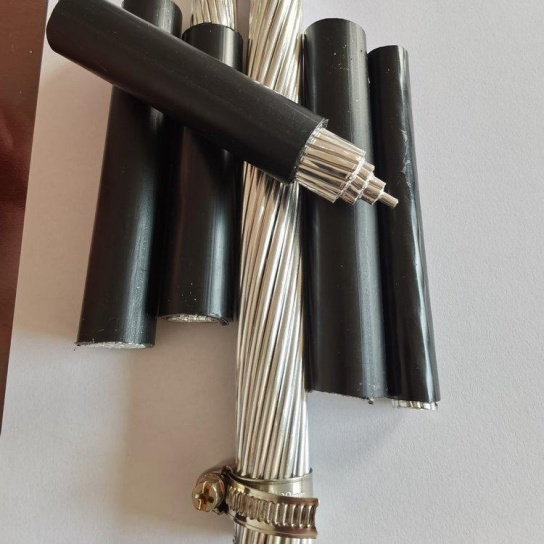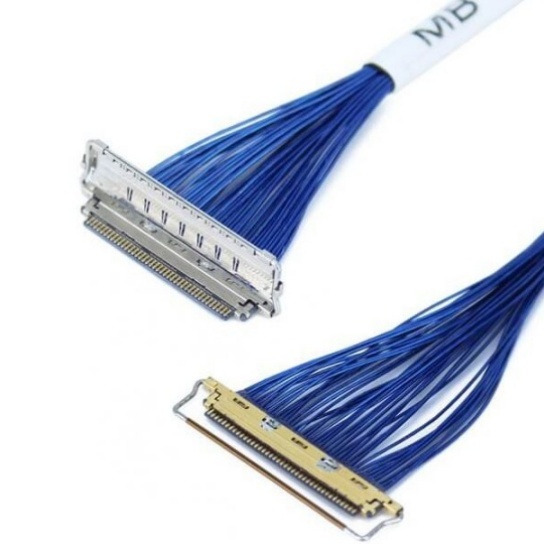Graphene Aviation Cables Boost Conductivity 200%: Revolutionizing Aircraft Performance
For decades, incremental improvements in aircraft wiring offered modest gains. Today, a breakthrough promises to rewrite the rules: graphene aviation cables are delivering unprecedented 200% increases in electrical conductivity. This leap isn’t just incremental; it represents a revolutionary advance poised to dramatically reshape aircraft efficiency, safety, and future capabilities.
The Burden of Traditional Wiring
Modern aircraft are marvels of engineering, heavily reliant on miles of complex electrical wiring for critical functions:
- Power Hungry: Flight control systems, avionics, landing gear, in-flight entertainment, and cabin lighting all demand significant electrical power.
- Weight Penalty: Copper, the traditional conductor, offers good conductivity but at a high weight cost – a major adversary in aviation where every kilogram matters for fuel consumption.
- Heat and Safety: Higher currents in conventional cables generate unwanted heat, demanding additional thermal management and increasing fire risk – a paramount safety concern.
- Voltage Drop: Over long cable runs, inherent resistance causes voltage drop, potentially impacting system performance and sensor accuracy.
Graphene: The Wonder Material Unleashed
Enter graphene: a single layer of carbon atoms arranged in a remarkable two-dimensional honeycomb lattice. Its properties read like science fiction:
- Superior Conductivity: Graphene electrons travel ballistically with minimal resistance, making graphene an exceptional electrical conductor, far surpassing copper per unit mass.
- Unmatched Strength: Despite being incredibly lightweight, graphene is one of the strongest materials known.
- Thermal Champion: It disperses heat rapidly, preventing dangerous local hotspots.
- Space-Saving: Enabling thinner, more flexible cabling solutions.
How Graphene Aviation Cables Achieve the 200% Leap
The headline “Graphene Aviation Cables Boost Conductivity 200%” isn’t hyperbole. Recent pioneering research confirms this staggering increase compared to standard copper cables of equivalent weight and gauge. This boost stems from the seamless integration of high-quality graphene into the cable’s conductive elements:
- Enhanced Electron Flow: Graphene’s structure allows electrons to move with near-freedom, drastically reducing electrical resistance.
- Optimized Design: Engineers leverage graphene’s properties to create composites or innovative structures maximizing conductance per gram.
Transformative Benefits for the Aerospace Industry
Replacing traditional wiring with high-conductivity graphene aviation cables unlocks transformative benefits:
- Dramatic Weight Reduction: Achieve equivalent conductivity with significantly less mass. Initial studies point to potential weight savings of 20-40% in wiring harnesses. This translates directly to:
- Reduced aircraft fuel burn and lower operational CO2 emissions.
- Increased range or payload capacity.
- Lower operating costs for airlines.
- Enhanced Thermal Management: Superior heat dissipation reduces operating temperatures within cable bundles and electrical systems. This:
- Lowers inherent fire risk.
- Reduces the need for complex cooling systems.
- Improves component longevity.
- Increased Power Density: More power can be transmitted through smaller, lighter graphene cables, enabling next-generation aircraft electrification (more-electric / all-electric aircraft architectures).
- Minimized Voltage Drop: Higher conductivity ensures stable voltage delivery over long distances, crucial for sensitive avionics and precise control signals.
- Space Efficiency: Thinner or more flexible graphene cables ease installation in crowded aircraft bays, improving maintainability.
Applications Soaring Beyond the Horizon
The implications span the entire aerospace ecosystem:
- Next-Gen Airliners: Fuel savings, increased payload/range, advanced systems.
- Urban Air Mobility (UAM): Weight savings are critical for the viability of eVTOL aircraft and air taxis.
- Unmanned Aerial Vehicles (UAVs): Extended flight times and enhanced payload capacity for drones.
- Military Aviation: Weight reduction for greater agility, payload, or stealth; improved power systems for advanced sensors and weapons.
- Spacecraft: Every kilogram saved translates to massive launch cost reductions and extended mission profiles.
Challenges and the Flight Path Forward
While the promise is immense, realizing widespread adoption involves challenges:
- Scalable Manufacturing: Producing high-quality graphene at volume and integrating it cost-effectively into complex cables requires ongoing refinement.
- Certification: Rigorous aviation safety standards (like FAA Part 25 or EASA CS-25) require extensive testing and certification for new materials. Promising initial testing paves the way.
- Cost Competitiveness: Currently higher than copper, costs are expected to fall rapidly with scaled production. The long-term operational savings (fuel, maintenance) are compelling.
The Future is Electrified and Graphene-Powered
The headline “Graphene Aviation Cables Boost Conductivity 200%” signals more than just an incremental step; it heralds a fundamental shift. This breakthrough delivers the vital high-conductivity, lightweight cabling essential for the future of flight – a future dominated by more efficient conventional aircraft, revolutionary eVTOL platforms, and ambitious space exploration.
Embracing this transformation is key to achieving the sustainability, performance, and innovation goals driving the aerospace industry forward.
Call to Action: Discover how cutting-edge graphene wire solutions can enhance your aircraft’s efficiency and power capabilities. Learn more about our innovative aviation cabling technology (Link to your product/service/research page).
Keywords Integrated: Graphene aviation cables, Boost Conductivity 200%, high-conductivity aviation cables, lightweight aircraft wiring, aircraft fuel efficiency, graphene wire solutions, electrical conductivity, revolutionary aviation tech, aviation weight reduction, future of flight, aircraft electrification, benefits of graphene in aerospace, eVTOL cabling, aerospace innovation.






